Home>Interior Design>Playroom Ideas: 20 Fun Spaces That Inspire Creative Play
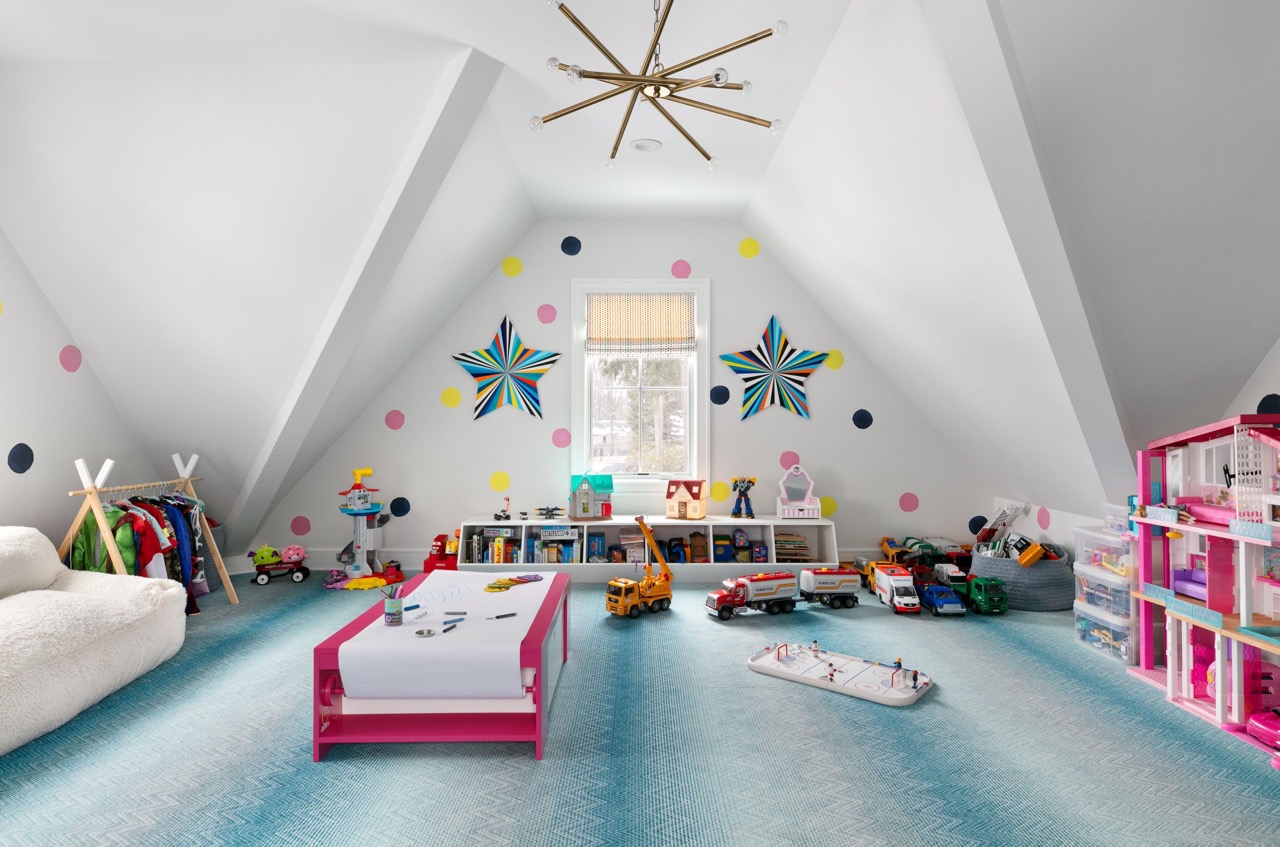

Interior Design
Playroom Ideas: 20 Fun Spaces That Inspire Creative Play
Modified: January 6, 2024
Looking to create an inspiring playroom? Explore these 20 interior design ideas that will spark creativity and encourage imaginative play in your little ones.
(Many of the links in this article redirect to a specific reviewed product. Your purchase of these products through affiliate links helps to generate commission for Storables.com, at no extra cost. Learn more)
Introduction
Welcome to the world of playrooms, where imagination, creativity, and endless fun come together. A playroom is a dedicated space for children to explore, learn, and let their imaginations run wild. It is a place where they can be themselves, engage in imaginative play, and develop important cognitive and social skills.
Creating a playroom that not only captivates your child’s attention but also encourages their growth and development can be an exciting and rewarding project. From choosing the right colors and themes to selecting age-appropriate toys and furniture, there are endless possibilities when it comes to designing a playroom that inspires and delights.
In this article, we will explore various playroom ideas that cater to different age groups, genders, budgets, and design preferences. Whether you have a toddler, a preschooler, or a school-age child, there are plenty of creative and engaging playroom ideas to suit their specific interests and needs.
But it’s not just about aesthetics and entertainment. Playrooms can also be a fantastic opportunity to incorporate learning experiences. By incorporating educational elements into the playroom design, you can create an environment that nurtures your child’s cognitive, emotional, and physical development.
In addition to design ideas, we will also discuss organizational tips, DIY projects, and budget-friendly options to help you create a playroom that is functional, well-organized, and visually appealing. We will delve into different furniture and storage solutions, explore various flooring options, and even touch on eco-friendly playroom ideas for those who prioritize sustainability.
So, whether you’re starting from scratch or looking to revamp an existing playroom space, get ready to be inspired by our collection of playroom ideas. From whimsical and colorful designs to minimalist and gender-neutral concepts, there’s something here for every family and every child’s unique personality and interests. Let’s dive in and explore the wonderful world of playroom design!
Key Takeaways:
- Designing a playroom involves considering age-appropriate activities, safety measures, and functional layout. Ample storage, comfortable seating, and flexible furniture are essential for creating a stimulating and organized play space.
- Creating a budget-friendly and eco-friendly playroom is achievable through DIY projects, second-hand items, and eco-conscious materials. Sensory playrooms provide valuable learning experiences and promote cognitive development through engaging activities.
The Importance of Playrooms
Playrooms play a crucial role in a child’s development and overall well-being. They provide a dedicated space where children can engage in unstructured play, which is essential for their physical, cognitive, and social development.
One of the key benefits of having a playroom is that it encourages creativity and imagination. In a playroom, children have the freedom to explore and use their imagination to create stories, build worlds, and engage in pretend play. This type of play helps develop their problem-solving skills, critical thinking abilities, and communication skills.
Playrooms also provide a safe and controlled environment for children to engage in physical activity. Whether it’s running, jumping, climbing, or playing active games, physical play helps children develop their gross motor skills, coordination, and strength. It also promotes a healthy lifestyle and helps prevent sedentary behavior.
Furthermore, playrooms offer a space for social interaction and the development of social skills. Children can invite friends or siblings to join them in their playroom, fostering teamwork, cooperation, and communication. Engagement in group play allows children to practice sharing, taking turns, and resolving conflicts, all of which are vital social skills that they will carry into other areas of their lives.
Playrooms also provide an opportunity for children to engage in independent play, which is essential for their self-confidence and self-esteem. Having a designated space where children can choose their own activities and make decisions boosts their sense of autonomy and independence.
Additionally, playrooms can serve as a soothing and calming space for children during times of stress or emotional overload. They can retreat to this space and engage in quiet, solitary play or engage with sensory toys and activities to help regulate their emotions and provide a sense of comfort.
Overall, playrooms are not just a luxury but a necessity for a child’s development. They offer a multitude of benefits, including promoting creativity, fostering physical activity, facilitating social interaction, enhancing self-confidence, and providing a sanctuary for emotional well-being. Designing a well-thought-out playroom is a wonderful investment in your child’s growth and happiness.
Designing a Playroom: Things to Consider
Designing a playroom involves more than just picking out colors and buying toys. It requires careful consideration of various factors to create a space that is functional, safe, and stimulating for your child. Here are some key things to consider when designing a playroom:
- Age-appropriate design: Consider your child’s age and developmental stage when planning the layout and choosing the toys and activities for the playroom. Younger children may benefit from soft play mats, sensory toys, and age-appropriate puzzles, while older children may enjoy building blocks, art supplies, and board games.
- Safety measures: Safety should be a top priority when designing a playroom. Ensure that furniture is secured to the wall to prevent tipping, and use outlet covers and cord organizers to keep electrical hazards out of reach. Use non-toxic materials and avoid small parts that could pose a choking hazard.
- Functional layout: Create designated zones within the playroom for different activities, such as a reading nook, an arts and crafts area, and a block-building station. Make sure there is enough space for children to move around comfortably and that storage solutions are easily accessible.
- Ample storage: A well-organized playroom is essential for maintaining a clutter-free environment. Incorporate plenty of storage options like shelves, bins, and toy chests to keep toys, books, and art supplies neatly organized. Encourage children to participate in tidying up by labeling bins and teaching them how to put things back in their designated places.
- Comfortable seating: Provide comfortable seating options like bean bags, cushions, or small chairs where children can relax, read, or engage in quiet activities. Consider the size and height of the seating to ensure it is appropriate for your child’s age.
- Lighting and colors: Choose lighting that is bright enough for playing and reading while also being adjustable to create a calming atmosphere for quieter activities. Use neutral or calming colors on the walls and add pops of color through furniture, rugs, and decor items to create an inviting and stimulating environment.
- Multipurpose furniture: Opt for furniture pieces that serve multiple functions, such as a storage bench or a play table with built-in storage. This maximizes the use of space and provides additional storage options.
- Personalization: Involve your child in the design process by allowing them to choose their favorite colors, themes, or artwork to personalize the playroom. This creates a sense of ownership and makes the space feel more inviting for them.
- Easy maintenance: Consider using washable and durable materials for furniture, rugs, and fabrics to make cleaning up spills and messes a breeze. Choose easy-to-clean surfaces for tables and storage units.
- Flexibility: Design the playroom in a way that allows for flexibility and adaptability as your child grows. Include adjustable shelves, removable wall decals, and versatile storage solutions that can evolve with your child’s changing interests and needs.
By considering these factors and incorporating them into your playroom design, you can create a space that is not only visually appealing but also safe, functional, and conducive to your child’s play and development.
Playroom Ideas for Toddlers
Toddlers are curious, active, and constantly exploring the world around them. Designing a playroom that caters to their developmental needs and interests is essential. Here are some playroom ideas specifically tailored for toddlers:
- Sensory play area: Create a dedicated space for sensory play, with activities that engage your toddler’s senses. Provide bins filled with materials like rice, sand, or water for them to explore and manipulate. Incorporate textured toys, musical instruments, and finger-painting stations to stimulate their sensory development.
- Soft play area: Toddlers are still developing their coordination and balance. Create a soft play area with foam mats or rugs where they can crawl, roll, and practice safe exploration. Add soft climbing structures or foam blocks for them to climb on and develop their gross motor skills.
- Imaginative play corner: Set up a cozy corner where toddlers can engage in imaginative play with dolls, stuffed animals, and pretend-play props. Provide a play kitchen, a dollhouse, or a tool bench to encourage role-playing activities and foster their creativity.
- Reading nook: Design a comfortable reading nook with soft cushions, a cozy chair, and a selection of board books and picture books. Make this area inviting and encourage your toddler to explore books independently or enjoy storytime with you.
- Puzzles and building toys: Introduce age-appropriate puzzles and building blocks that promote problem-solving and fine motor skills. Choose puzzles with large pieces and building blocks that are easy for toddlers to manipulate and assemble.
- Art corner: Set up an art corner with washable markers, crayons, and large sheets of paper. Offer opportunities for your toddler to engage in creative expression through drawing, coloring, and painting. Display their artwork proudly to boost their self-esteem and sense of accomplishment.
- Music and movement: Encourage your toddler’s love for music and movement by providing musical instruments, such as drums or xylophones. Create a space where they can dance, jump, and express themselves through movement.
- Puppet theater: Spark your toddler’s imagination with a puppet theater. Hang a curtain and provide puppets for them to engage in puppet shows and storytelling activities. This can promote language development and social interaction.
- Mirror wall: Install a large wall mirror in the playroom to encourage self-exploration and pretend play. Toddlers love looking at themselves in the mirror and imitating different expressions and movements.
- Safety considerations: Ensure that all toys and materials in the toddler playroom are non-toxic and free of small parts that could pose a choking hazard. Secure furniture to the walls to prevent tipping and provide adequate supervision during playtime.
Remember, creating a safe and engaging playroom for toddlers is essential. Use these ideas as inspiration to design a space that encourages their development, stimulates their curiosity, and provides them with countless opportunities for learning and fun.
Playroom Ideas for Preschoolers
Preschoolers are full of energy, curiosity, and creativity. Designing a playroom that stimulates their imagination and supports their cognitive and social development is essential. Here are some playroom ideas specifically tailored for preschoolers:
- Art studio: Create a dedicated art studio with a table or easel where preschoolers can explore different art materials and engage in various art projects. Provide a variety of paints, colored pencils, markers, and craft supplies to encourage their creativity and self-expression.
- Building and construction: Preschoolers love building and constructing. Provide building blocks, magnetic tiles, or LEGO sets to promote their spatial awareness, problem-solving skills, and fine motor development. Create a designated space where they can build structures and let their imaginations soar.
- Dress-up corner: Set up a dress-up corner with costumes, hats, and accessories for pretend play. Encourage preschoolers to engage in imaginative role-playing activities, such as pretending to be doctors, firefighters, or superheroes. This helps develop their social and language skills.
- Pretend play kitchen: Preschoolers love imitating and mimicking daily activities. Provide a play kitchen complete with play food, utensils, and pots and pans. This allows them to engage in imaginative cooking and pretend-play scenarios, promoting their cognitive and social development.
- Reading and cozy corner: Create a comfortable reading nook with a cozy rug, cushions, and a bookshelf filled with age-appropriate books. Encourage preschoolers to spend time reading independently or have storytime sessions with you. This helps foster their language development and love for reading.
- Sensory play table: Set up a sensory play table where preschoolers can explore different textures, such as kinetic sand, water beads, or rice. Provide tools and containers for scooping, pouring, and measuring, allowing them to engage in hands-on sensory experiences.
- Dramatic play area: Designate a space for dramatic play, such as a puppet theater or a playhouse. Encourage preschoolers to engage in storytelling, puppet shows, and imaginative play with dolls, puppets, or action figures.
- STEM activities: Introduce preschoolers to STEM (Science, Technology, Engineering, and Math) concepts through age-appropriate activities. Provide building kits, simple science experiments, and counting or sorting games to foster their problem-solving, critical thinking, and mathematical skills.
- Interactive learning wall: Create an interactive learning wall with educational posters, alphabet and number charts, and interactive games or puzzles. This allows preschoolers to engage in independent learning and reinforces their academic skills.
- Indoor gross motor area: In addition to fine motor activities, provide opportunities for preschoolers to engage in gross motor play. Set up an indoor climbing wall, a mini trampoline, or a balance beam to promote their physical development and coordination.
Remember to ensure the playroom is safe and age-appropriate for preschoolers. Use these playroom ideas as inspiration to create a space that fosters their creativity, encourages social interaction, promotes learning, and provides endless hours of fun and exploration.
Read more: 20 Best Play-Doh Sets For Unlimited Fun
Playroom Ideas for School-Age Children
As children grow, so do their interests and abilities. Designing a playroom for school-age children requires considering their evolving needs and providing opportunities for both fun and learning. Here are some playroom ideas specifically tailored for school-age children:
- Art and crafting station: Create a well-equipped art and crafting station with a larger work surface, various art supplies, and materials like clay, yarn, and fabric. Encourage school-age children to explore different art techniques and engage in more complex art projects that promote creativity and fine motor skills.
- Reading and quiet zone: Dedicate a space in the playroom for quiet reading and reflection. Provide cozy seating, a bookshelf filled with diverse genres, and a small desk for writing or drawing. This encourages a love for reading, fosters relaxation, and promotes independent thinking.
- Board games and puzzles: Stock the playroom with age-appropriate board games and challenging puzzles that promote problem-solving, critical thinking, and social interaction. Include a variety of games to cater to different interests, such as strategy games, word games, or cooperative games.
- STEM exploration area: Create a space for hands-on STEM activities. Provide science experiment kits, building sets, coding games, and math manipulatives. This allows school-age children to engage in scientific exploration, logical thinking, and mathematical problem-solving.
- Music and performance corner: Install a mini-stage or designate an area for music, dancing, and theatrical performances. Provide musical instruments, a karaoke machine, costumes, and props to encourage creative expression and confidence-building through music and performing arts.
- Technology and media center: Set up a dedicated area with a computer or tablet for educational and interactive media experiences. Include age-appropriate educational apps, coding programs, and interactive learning games that enrich learning and foster technological literacy.
- Exercise and active play zone: Create a space for physical activity and active play. Install a mini basketball hoop, a climbing wall, or a mini trampoline. Include mats or a yoga corner for stretching and practicing mindfulness. This helps children stay active and promotes physical fitness.
- LEGO and building area: Provide a designated area for building with LEGO sets or other construction materials. Encourage school-age children to use their imagination and engineering skills to create structures, vehicles, and even robotic creations.
- DIY science lab: Create a DIY science lab area where children can conduct experiments and explore the wonders of science. Provide lab coats, safety goggles, and a variety of scientific tools and materials to encourage hands-on learning and curiosity.
- Reading loft or cozy nook: Create a cozy reading nook or loft area where children can retreat with a book or engage in quiet activities. Set up comfortable seating, pillows, and blankets to create a cozy and inviting space for relaxation and solitude.
Remember to involve the school-age children in the design and organization of the playroom. Take their interests into account and give them choices to personalize their space. These playroom ideas will help inspire creativity, provide opportunities for continued learning, and ensure that the playroom remains a cherished and engaging space for school-age children.
Gender-Neutral Playroom Ideas
A gender-neutral playroom is a space that is inclusive and welcoming to all children, regardless of their gender. It promotes equality, encourages diverse interests, and allows children to explore a wide range of activities. Here are some gender-neutral playroom ideas:
- Neutral color palette: Choose a neutral color palette for the walls, furniture, and decor. Neutral colors like white, beige, gray, or pastels create a calm and inclusive environment that appeals to all children.
- Open-ended toys: Provide a variety of open-ended toys that can be enjoyed by all children, regardless of their gender. Building blocks, art supplies, dolls, dress-up clothes, and puzzles are wonderful options that encourage creativity and imagination.
- Multifunctional play spaces: Designate different play areas within the playroom that cater to various interests. Create a space for physical play, a quiet area for reading, a craft corner, and a pretend play area. This allows children to engage in activities that resonate with them without being limited by gender stereotypes.
- Inclusive themes: Choose themes and decor that are appealing to all children. Nature themes, outer space, animals, or abstract patterns are great options. Avoid overly gender-specific themes that may exclude certain children.
- Flexible furniture: Use versatile and adaptable furniture that can be enjoyed by children of all genders. Adjustable tables and chairs, modular storage units, and bean bags can accommodate different activities and play styles.
- Book and reading diversity: Fill the playroom with a wide range of books that feature diverse characters, interests, and experiences. Include books that challenge traditional gender roles and showcase diverse stories to foster inclusivity and empathy.
- Encourage cooperative play: Provide games and activities that encourage teamwork and cooperation. Cooperative board games, building projects, or group art activities promote social skills, empathy, and communication among children.
- Neutral artwork: Use artwork that is neutral and inclusive. Display abstract art, nature scenes, or educational posters that foster a sense of curiosity, wonder, and creativity in all children.
- Non-gendered storage: Use storage solutions that are practical and non-gendered. Colorful bins, open shelves, and transparent containers can help keep the playroom organized while avoiding gender stereotypes.
- Encourage self-expression: Create a space where children can express themselves freely. Provide a writing table with materials for journaling or drawing, allowing children to explore and communicate their thoughts, feelings, and ideas.
By implementing these gender-neutral playroom ideas, you are creating a space that fosters inclusivity, encourages all children to explore their interests, and promotes a sense of equality and acceptance. Remember, the goal is to create a playroom where children can be themselves and feel empowered to express their individuality, regardless of gender.
Organizational Tips for Playrooms
A well-organized playroom not only creates a visually appealing space but also allows for easy access to toys, promotes independent play, and reduces clutter. Here are some organizational tips to help you keep your playroom neat and tidy:
- Purge and declutter: Start by decluttering the playroom. Sort through toys, games, and materials, and remove any items that are broken, missing pieces, or no longer age-appropriate. Donate or discard these items to create space for new and engaging toys.
- Categorize and label: Group similar items together and label storage bins or shelves accordingly. Use clear, labeled bins to store toys, arts and crafts supplies, books, and games. This makes it easy for children to locate and return items to their designated places.
- Utilize vertical storage: Make use of vertical space by installing shelves, wall-mounted organizers, or hanging storage pockets. This provides additional storage capacity without taking up valuable floor space.
- Rotate toys: To prevent toy overload and maintain children’s interest in their playroom, consider implementing a toy rotation system. Divide toys into sets and rotate them every few weeks or months. This keeps playtime fresh and exciting while reducing clutter.
- Invest in multifunctional furniture: Choose furniture pieces that double as storage solutions. For example, an ottoman with hidden storage or a table with built-in storage drawers can help keep the playroom organized and maximize space utilization.
- Create a cozy reading corner: Designate a specific area for books and reading materials. Install bookshelves or baskets and create a cozy reading nook with cushions and a rug. This encourages children to keep books organized and promotes a love for reading.
- Designate activity zones: Create designated areas for different activities, such as building, arts and crafts, and quiet play. Use rugs or floor mats to define these zones and provide visual separation. This helps children understand where specific activities should take place and encourages them to clean up after each play session.
- Use clear bins and labels: Opt for transparent or clear storage bins so that children can easily see the contents inside without having to open them. Label the bins with words or pictures to assist non-readers in identifying what goes where.
- Establish a daily cleanup routine: Teach children to tidy up after playtime by incorporating a daily cleanup routine. Set aside a specific time each day for children to put away their toys and belongings. Encourage their participation by making it a fun and interactive activity.
- Involve children in the organizing process: Encourage children to take ownership of their playroom by involving them in the organizing process. Ask for their input on where toys should be stored and allow them to participate in sorting and labeling activities. This promotes responsibility and organization skills.
By implementing these organizational tips, you can create a playroom space that is not only aesthetically pleasing but also promotes independent play, reduces clutter, and fosters a sense of order and responsibility in your children. A well-organized playroom allows for more enjoyable play and ensures that toys and materials are easily accessible when needed.
When designing a playroom, consider incorporating versatile storage solutions like bins, shelves, and baskets to keep toys organized and easily accessible for kids. This will help create a tidy and functional space for creative play.
DIY Playroom Projects
DIY playroom projects are not only cost-effective but also allow for personalization and creativity. From simple storage solutions to fun decor items, here are some DIY ideas to enhance your playroom:
- DIY Toy Storage: Create customized toy storage solutions using repurposed crates, baskets, or bins. Paint or decorate them to match the playroom’s theme and label them for easy organization.
- Pallet Bookshelf: Transform a wooden pallet into a bookshelf by affixing it to the wall and adding shelves or compartments. Sand and paint it to match the playroom’s decor and secure it firmly for safety.
- Chalkboard Wall: Paint one wall with chalkboard paint to create a designated area for doodling and creative expression. This adds an interactive element to the playroom and encourages artistic exploration.
- Paper Roll Art Station: Mount a large roll of drawing paper to a wall or easel and provide markers or crayons. This DIY art station allows children to create murals and artistic masterpieces without worrying about running out of paper.
- DIY Sensory Play Table: Transform an old coffee table by adding bins or containers filled with sensory materials like rice, sand, or water. This DIY sensory play table provides endless opportunities for tactile exploration and sensory play.
- Pom-Pom Rug: Create a soft and colorful pom-pom rug by attaching pom-poms to a non-slip rug mat. This adds a playful and cozy touch to the playroom floor, perfect for reading or sitting.
- Pallet Swing: Build a pallet swing by securely attaching a wooden pallet to sturdy ropes or chains. Hang it from the ceiling or a strong beam to create a fun and relaxing seating option in the playroom.
- DIY Play Kitchen: Repurpose an old entertainment center or cabinet into a play kitchen by painting it, adding knobs and handles, and attaching a sink and stovetop. This DIY project provides children with a realistic and imaginative play experience.
- Art Display Wall: Create a gallery wall to showcase your child’s artwork. Use twine and mini clothespins to hang their masterpieces, allowing them to feel proud of their creations.
- Hanging Canopy: Add a touch of whimsy by hanging a canopy over a reading nook or play area. Use fabric, tulle, or even a large curtain to create a cozy and magical space for children to relax and enjoy.
Remember to involve your children in these DIY projects. Let them participate in the creative process and give them the opportunity to contribute their ideas and personal touch. DIY playroom projects not only add a unique and customized look to the space but also allow for valuable bonding time and a sense of accomplishment for both you and your children.
Incorporating Learning Opportunities in Playrooms
A playroom is not just a space for fun and play, but also an opportunity to incorporate learning experiences. By integrating educational elements into the playroom design, you can create an environment that nurtures your child’s cognitive, emotional, and physical development. Here are some ideas for incorporating learning opportunities in your playroom:
- Reading Corner: Create a cozy reading nook with a variety of age-appropriate books. Have a mix of fiction and non-fiction books that cover different topics and genres. Encourage your child to explore books independently or engage in reading together.
- STEM Activities: Set up a STEM (Science, Technology, Engineering, and Math) station with building blocks, puzzles, and kits that promote problem-solving, critical thinking, and logical reasoning. Incorporate age-appropriate STEM activities that challenge and engage your child’s mind.
- Art and Craft Area: Provide a designated space for art and craft activities. Offer materials such as crayons, markers, paints, and paper. Encourage creativity and self-expression as your child explores different art techniques and learns about colors, shapes, and textures.
- Math Manipulatives: Incorporate math manipulatives like counting blocks, number puzzles, and measurement tools. These hands-on materials help children develop basic math skills such as counting, sorting, and understanding spatial relationships.
- Sensory Exploration: Set up a sensory play area with materials like playdough, kinetic sand, or water beads. Provide tools for scooping, pouring, and measuring. Sensory play encourages exploration, stimulates the senses, and fosters cognitive and fine motor development.
- Writing Center: Create a writing center with materials for writing and drawing activities. Include notepads, pencils, markers, and stickers. Encourage your child to practice writing letters, words, and eventually sentences.
- Science Corner: Dedicate an area for science experiments and exploration. Provide child-friendly science kits, magnifying glasses, and a nature table where your child can collect and observe natural objects.
- Maps and Globes: Hang maps and globes on the walls to encourage geographical knowledge, curiosity about other cultures, and an understanding of the world around them. Use them as an opportunity to spark conversations, play geography-inspired games, or plan future travels.
- Puzzles and Board Games: Include a variety of puzzles and age-appropriate board games that promote problem-solving, critical thinking, teamwork, and social skills. These activities also help improve concentration, spatial awareness, and logical reasoning.
- Learning Wall: Create a learning wall with educational posters, alphabet charts, shapes, and numbers. Make it interactive by including activities like matching games or sticky notes for memory exercises.
Remember that learning in a playroom should be engaging and child-centered. Incorporate learning opportunities naturally through play, and adjust the activities to your child’s age and interests. By providing a rich learning environment in your playroom, you can foster a love for learning and encourage your child’s overall development.
Playroom Themes and Decor Ideas
Choosing a theme for your playroom can add an extra element of fun and excitement. A well-designed theme creates a cohesive and engaging play space for children. Here are some playroom theme and decor ideas to inspire you:
- Outer Space: Create a playroom that takes your child on an intergalactic adventure. Use wall decals or murals featuring planets, stars, and spaceships. Hang a mobile of the solar system from the ceiling, and incorporate glow-in-the-dark elements for an added touch.
- Underwater World: Dive into the depths of the sea with an underwater theme. Use blue and green hues for the walls, and hang sea creature artwork or decals. Incorporate a fish tank, sea-themed rugs, and plush marine animals for a complete underwater experience.
- Jungle Safari: Create a wild and adventurous playroom with a jungle safari theme. Use tropical leaf patterns for wallpaper or decal accents. Add plush jungle animals, binoculars, and a play tent to complete the look. Incorporate natural elements like faux vines or trees for a realistic touch.
- Fantasy Land: Transform the playroom into a magical realm of fairy tales and fantasy. Use pastel colors and whimsical patterns for the walls. Hang a canopy or use a net draped over a reading nook to create a cozy fairy tale corner. Incorporate unicorn or fairy-themed decor and plush toys.
- Construction Zone: An ideal theme for kids who love trucks and building, create a playroom resembling a construction site. Use caution tape or construction-themed wallpaper borders. Incorporate toy construction vehicles, traffic signs, and a play tool bench for imaginative play.
- Superheroes: Turn the playroom into a superhero headquarters. Use comic book-style wall decals or create a cityscape mural. Hang capes, masks, and superhero logos on the walls. Incorporate a dress-up area with superhero costumes and props for role-playing adventures.
- Enchanted Forest: Bring a touch of nature indoors with an enchanted forest theme. Use tree-inspired wallpaper or decals. Hang artificial leaves and flowers from the ceiling. Create a reading nook with a cozy tree stump seat and mushroom-shaped cushions. Add woodland creature-themed decor and accessories.
- Sports Fanatic: Design a playroom for the sports enthusiast. Use colors and patterns that represent your child’s favorite sport, such as soccer, basketball, or baseball. Hang sports-themed artwork or jerseys on the walls. Incorporate a small basketball hoop, mini goals, or a hockey stick for active play.
- Art Studio: Create a playroom that inspires creativity. Hang an art gallery wire system to display your child’s artwork. Use bright and vibrant colors for the walls. Incorporate a designated art table with storage for art supplies. Hang inspirational quotes about creativity and imagination.
- Magnificent Music: Create a playroom that celebrates the world of music. Use musical notes or instrument-themed wall decals. Hang a gallery wall of musical instruments or vintage posters. Incorporate a small keyboard, mini drum set, or other age-appropriate musical instruments for children to explore and play.
When choosing a theme for your playroom, consider your child’s interests and preferences. You can mix and match elements from different themes or come up with a unique theme that reflects your child’s personality. The key is to create a space that sparks their imagination, encourages play, and provides a memorable and enjoyable experience.
Playroom Furniture and Storage Solutions
Choosing the right furniture and storage solutions is essential for creating an organized and functional playroom. Here are some ideas for playroom furniture and storage solutions:
- Shelving Units: Invest in sturdy and adjustable shelving units. They provide ample storage space for toys, books, and decorative items. Opt for open shelves or shelves with colorful bins or baskets for easy access and organization.
- Toy Chests and Trunks: Toy chests and trunks are perfect for storing larger toys and stuffed animals. Look for ones with safety features like slow-close lids and rounded edges. Consider ones with wheels for easy mobility.
- Cubby Storage: Cubby storage units with individual compartments are ideal for organizing toys, games, and art supplies. Label each cubby to assist in sorting and encourage children to return items to their designated spots.
- Bookcases: Incorporate bookcases or bookshelves to display and store your child’s books. Opt for ones with adjustable shelves to accommodate different book sizes. Consider adding colorful bins or bookends to keep books upright and organized.
- Art Tables: Provide a dedicated space for arts and crafts by including an art table or desk. Look for tables with built-in storage for art supplies or choose one with a smooth surface that is easy to clean.
- Child-Sized Seating: Include child-sized seating options such as small chairs, bean bags, or floor cushions. These provide comfortable spots for reading, playing games, or engaging in imaginative play. Look for lightweight and easily movable options.
- Wall-Mounted Storage: Maximize vertical space by incorporating wall-mounted storage solutions. Hang them at a child-friendly height for easy access to toys, craft materials, and other playroom essentials.
- Storage Ottomans: Use storage ottomans or poufs that double as seating and provide hidden storage space. These are great for storing smaller toys, art supplies, or extra pillows and blankets.
- Playroom Tables: Consider adding a playroom table for various activities. Look for tables with built-in storage compartments or ones that can be expanded to accommodate larger groups for games or art projects.
- Wall Hooks and Pegboards: Install wall hooks or pegboards to hang dress-up clothes, costumes, or backpacks. This helps keep these items organized and easily accessible for children during playtime.
When selecting furniture and storage solutions, prioritize safety and durability. Choose materials that are easy to clean and maintain. Opt for furniture with rounded edges and non-toxic finishes. Involve your child in the selection process to ensure their preferences are considered, allowing them to take ownership of the space. Ultimately, a well-designed and organized playroom will provide a functional and inviting environment for your child to play, learn, and grow.
Playroom Flooring Options
The choice of flooring in a playroom is important as it not only provides a comfortable and safe surface for children to play on but also helps set the overall tone and functionality of the space. Here are some playroom flooring options to consider:
- Carpet: Carpet is a popular choice for playrooms as it provides a soft and cushioned surface for children to play on. It offers warmth and insulation and helps absorb impact, reducing the risk of injuries from falls. Opt for stain-resistant and easy-to-clean carpets to withstand spills and messes.
- Foam Mats: Foam mats are an excellent choice for playrooms, especially for younger children. They provide a soft and shock-absorbing surface that is gentle on little hands and knees. Foam mats come in various colors and can be easily interlocked and customized to fit the playroom’s layout.
- Vinyl Flooring: Vinyl flooring is a durable and low-maintenance option for playrooms. It is easy to clean and resistant to spills and stains. Vinyl flooring comes in a wide range of colors and patterns, allowing for creative design choices that can enhance the playroom’s aesthetic appeal.
- Laminate Flooring: Laminate flooring is another practical option for playrooms. It is relatively easy to install, durable, and resistant to scratches. Laminate flooring is available in various styles, including wood, stone, or tile textures, providing a versatile and visually appealing option for playroom design.
- Rubber Flooring: Rubber flooring is an excellent choice for playrooms with an emphasis on physical activity. It offers excellent shock absorption and slip resistance, making it a safe surface for active play. Rubber tiles or rolls come in a variety of colors and thicknesses, allowing for customization to suit the playroom’s needs.
- Cork Flooring: Cork flooring is a natural and eco-friendly option for playrooms. It is soft, quiet, and provides excellent thermal insulation. Cork is a renewable and sustainable material and is resistant to mold and mildew. It also offers a naturally hypoallergenic and antibacterial surface.
- Area Rugs: If you already have a hard flooring surface like hardwood or tile in the playroom, consider adding area rugs. These provide comfort and create defined play zones. Look for rugs with non-slip backing or use rug pads to prevent slipping and ensure safety.
When choosing playroom flooring, consider factors such as safety, comfort, durability, and ease of maintenance. It’s important to select flooring that can withstand the wear and tear of active play while providing a safe and inviting environment for your child. Additionally, consider any specific needs or preferences your child may have, like allergies or sensitivities to certain materials. By selecting the right flooring option, you can create a playroom that is both functional and aesthetically pleasing for hours of fun and play.
Budget-Friendly Playroom Ideas
You don’t need to break the bank to create a fun and engaging playroom for your child. With a little creativity and resourcefulness, you can design a budget-friendly playroom that sparks their imagination and encourages active play. Here are some budget-friendly playroom ideas:
- Repurpose and Upcycle: Look for items around your home that can be repurposed or upcycled into playroom decor. For example, use old crates as storage bins or turn an old coffee table into a sensory play table.
- Thrift Stores and Garage Sales: Explore thrift stores, consignment shops, and garage sales for affordable toys, books, and furniture. You never know what hidden treasures you may find at a fraction of the cost.
- DIY Projects: Embrace your creative side with DIY projects. Create your own wall art, storage solutions, or decorations using inexpensive materials like cardboard, paint, and fabric.
- Outdoor Elements: Bring the outdoors in by incorporating natural elements. Use branches or driftwood as hooks for hanging dress-up clothes, or collect rocks and sticks to create a nature-inspired sensory play area.
- Swap with Friends: Coordinate toy swaps with friends or organize play dates where children can exchange toys for a period of time. This provides variety without the need to buy new toys.
- Printables and Online Resources: Take advantage of free printables and online resources for educational materials, coloring pages, and activity ideas. There are numerous websites that offer high-quality and free resources for parents and educators.
- Creative Storage Solutions: Use readily available items as storage solutions. Look for inexpensive baskets, bins, or shoe organizers that can be repurposed to store toys, art supplies, and books.
- Organize and Declutter: Maximize the playroom’s space by decluttering regularly. Donate or sell toys and items that are no longer used or needed, creating more room for the essentials.
- DIY Sensory Materials: Create your own sensory materials at home. Make homemade playdough, kinetic sand, or sensory bottles using basic ingredients found in your kitchen pantry.
- Use Wall Space: Utilize vertical space by hanging shelves, hooks, or a pegboard on the walls. This provides additional storage for toys, art supplies, and costumes without taking up floor space.
Remember, a budget-friendly playroom doesn’t mean compromising on fun and creativity. With a little ingenuity and resourcefulness, you can create a playroom that sparks your child’s imagination while keeping costs down. By focusing on essentials, repurposing items, and exploring low-cost options, you can design a playroom that provides a stimulating and enjoyable space for your child without breaking the bank.
Eco-Friendly Playroom Ideas
Creating an eco-friendly playroom not only promotes sustainability but also provides a healthy and safe environment for your child. By incorporating eco-friendly materials and mindful practices, you can design a playroom that is both environmentally conscious and engaging. Here are some eco-friendly playroom ideas:
- Natural and Non-Toxic Materials: Opt for toys and materials made from natural and non-toxic materials such as wood, organic cotton, and bamboo. Avoid plastic toys or those made with harmful chemicals like PVC or BPA.
- Second-Hand Toys and Furniture: Reduce waste by purchasing second-hand toys and furniture from thrift stores, consignment shops, or online marketplaces. This not only keeps items out of landfills but also saves resources and supports a circular economy.
- Organic and Non-Toxic Paint: If painting the playroom, choose organic and non-toxic paint options that are free from volatile organic compounds (VOCs) and other harmful chemicals. This ensures a healthier indoor air quality for your child.
- Energy-Efficient Lighting: Replace traditional light bulbs with energy-efficient alternatives like LED or CFL bulbs. These types of bulbs last longer and consume less energy, helping to reduce your carbon footprint and save on energy costs.
- Recycled and Upcycled Decor: Incorporate decor items made from recycled materials. Look for rugs made from recycled fibers, wall art from reclaimed wood, or curtains from upcycled fabrics. Get creative and find unique pieces that give a second life to materials that would otherwise go to waste.
- Natural Fiber Rugs and Fabrics: Choose rugs and fabrics made from natural fibers like organic cotton, hemp, jute, or wool. These fibers are more sustainable and healthier for your child as they are free from harmful synthetic chemicals often found in conventional textiles.
- Reusable Containers: Use reusable containers and bins for organizing toys, art supplies, and other playroom items. Opt for options made from recycled or biodegradable materials. Avoid single-use plastics that contribute to landfill waste.
- Recycling Station: Set up a recycling station in the playroom with clearly labeled bins for paper, plastic, glass, and other recyclable materials. Teach your child about recycling and involve them in sorting and properly disposing of waste.
- Indoor Plants: Place indoor plants in the playroom to improve air quality and introduce children to nature. Choose plants that are safe for children and require low maintenance, such as spider plants, peace lilies, or snake plants.
- Nature-Inspired Play: Encourage outdoor play and bring elements of nature indoors. Incorporate natural materials like rocks, shells, and tree branches into sensory play activities. Create a nature corner with books and materials that teach children about wildlife, plants, and the environment.
By incorporating these eco-friendly playroom ideas, you can create a sustainable and healthy environment for your child to play and learn in. It not only helps reduce the environmental impact but also teaches children the importance of caring for the planet and living a sustainable lifestyle.
Sensory Playroom Ideas
A sensory playroom is a space where children can engage in activities that stimulate their senses and enhance their cognitive, emotional, and physical development. Here are some sensory playroom ideas to create a captivating and engaging environment:
- Sensory Bins: Set up sensory bins filled with various materials like rice, sand, water beads, or colored pasta. Include scoops, funnels, and containers to encourage scooping, pouring, and exploring different textures.
- Water Play: Create a water play area with a shallow basin or water table. Offer cups, funnels, and water toys for pouring and splashing. Add ice cubes, colored water, or bath toys for added sensory experiences.
- Mess-Free Sensory Bags: Fill zip-top bags with materials like gel, hair gel, or slime. Add small toys or objects for children to manipulate and explore without making a mess. Secure the bags tightly and supervise play to prevent accidental opening.
- Sensory Wall: Dedicate a wall to sensory experiences. Install elements like textured fabrics, mirrors, bells, or different textured materials for children to touch, see, and hear.
- Visual Stimulation: Hang mobiles or wind chimes from the ceiling to provide visual and auditory stimulation. Incorporate colorful shapes, lights, or moving objects to captivate your child’s attention.
- Scented Play: Introduce scented materials like scented playdough, scented markers, or scented sensory bins using natural scents like vanilla, lavender, or citrus. This adds an additional sensory dimension to the play experience.
- Musical Exploration: Provide a collection of musical instruments like drums, shakers, and xylophones. Encourage your child to explore different sounds, rhythms, and melodies, promoting their auditory and fine motor skills.
- Calming Corner: Create a quiet space within the playroom where children can retreat when overwhelmed. Include soft cushions, a weighted blanket, and calming sensory toys like fidget spinners or stress balls.
- Texture Wall: Use different textured materials like faux fur, bumpy fabrics, soft feathers, or rough sandpaper on a wall or a board. This allows children to explore and feel different textures with their hands.
- Liquid Sensory Bags: Create sensory bags filled with colored water, baby oil, or hair gel. Add small objects like beads, glitter, or sequins for visual stimulation. Ensure the bags are tightly sealed and check for any leaks before use.
Sensory play promotes exploration, creativity, and cognitive development. It engages children’s senses and provides valuable learning experiences. When setting up a sensory playroom, ensure materials are safe, supervise play, and consider any allergies or sensitivities your child may have. Sensory play allows children to discover and learn about the world around them in a fun and meaningful way.
Frequently Asked Questions about Playroom Ideas: 20 Fun Spaces That Inspire Creative Play
Was this page helpful?
At Storables.com, we guarantee accurate and reliable information. Our content, validated by Expert Board Contributors, is crafted following stringent Editorial Policies. We're committed to providing you with well-researched, expert-backed insights for all your informational needs.
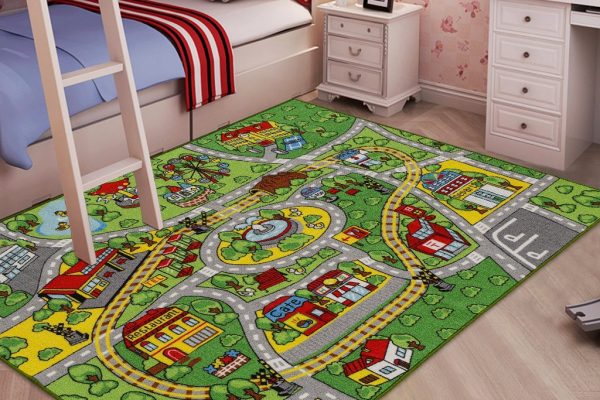
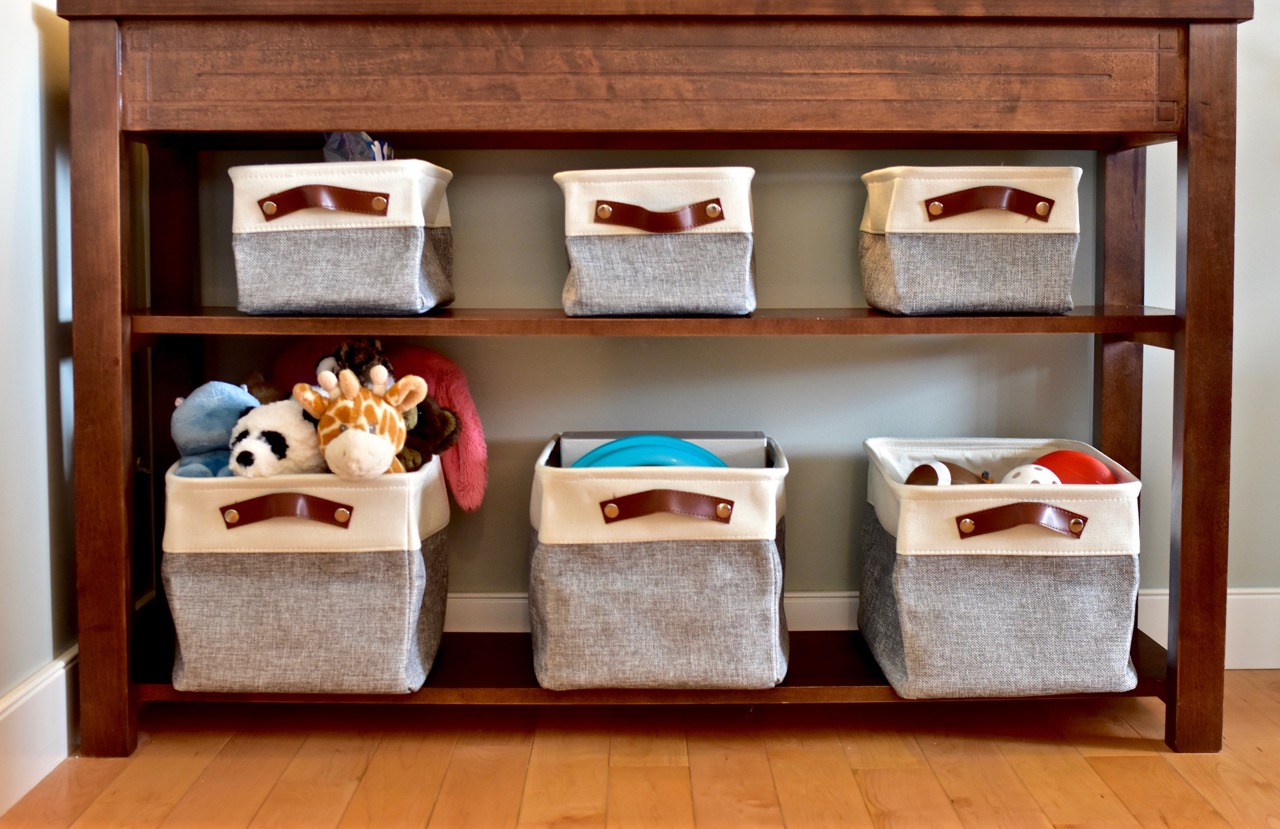
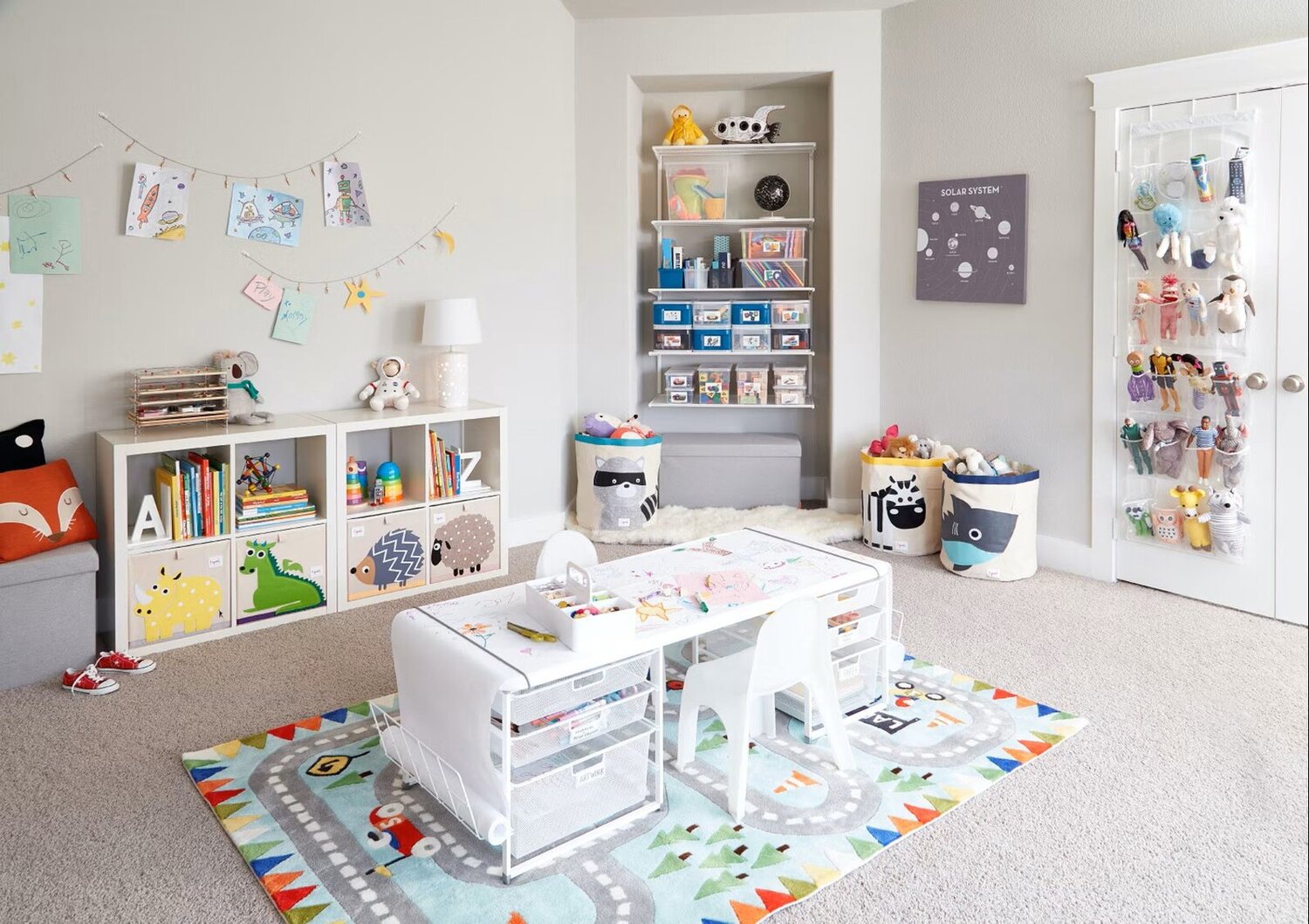

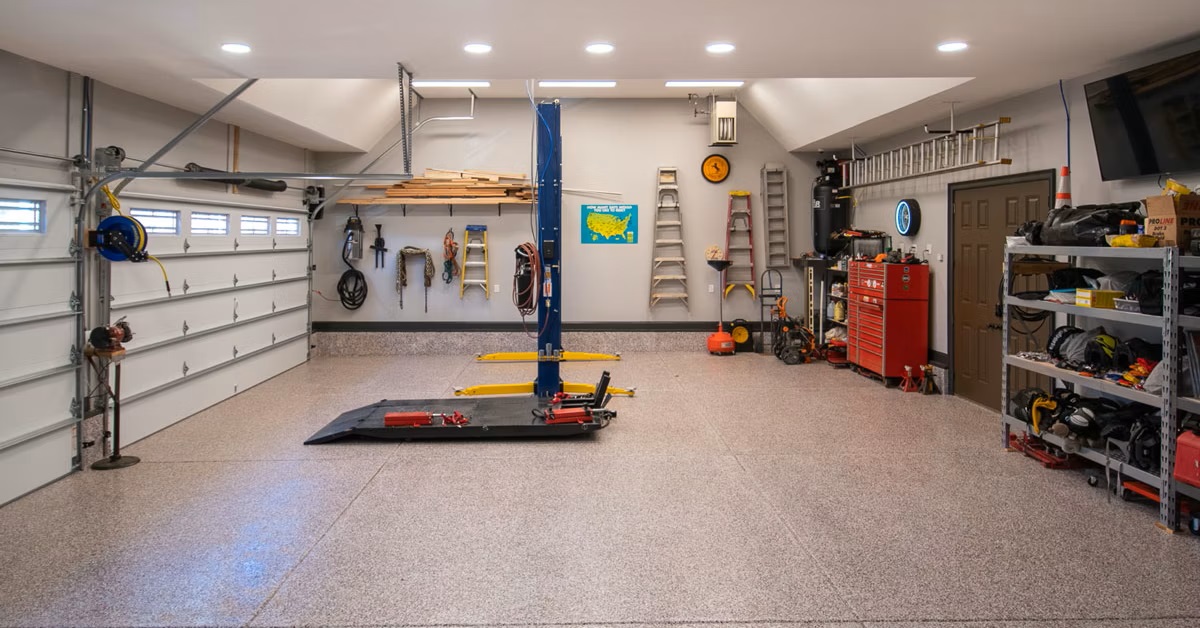
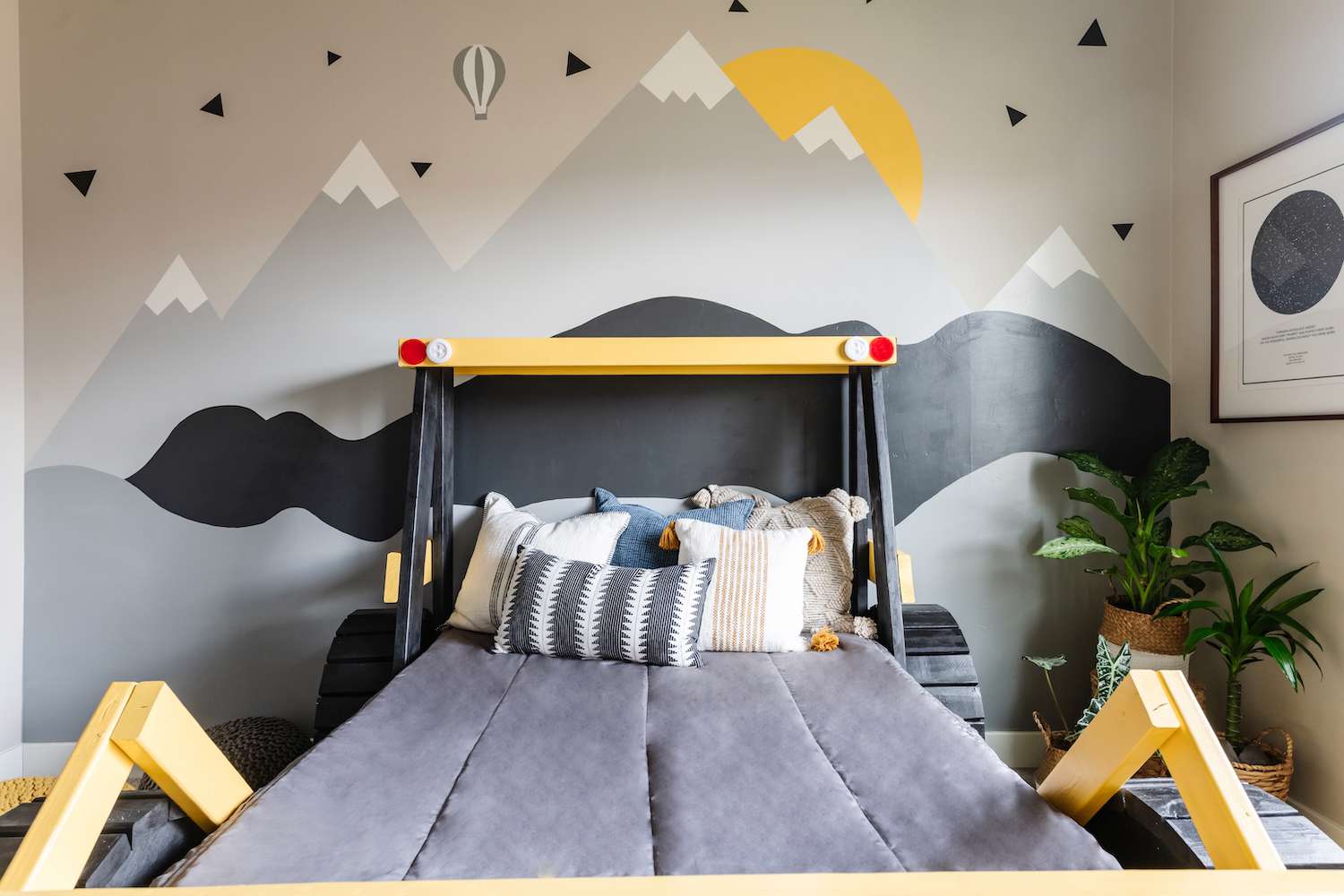

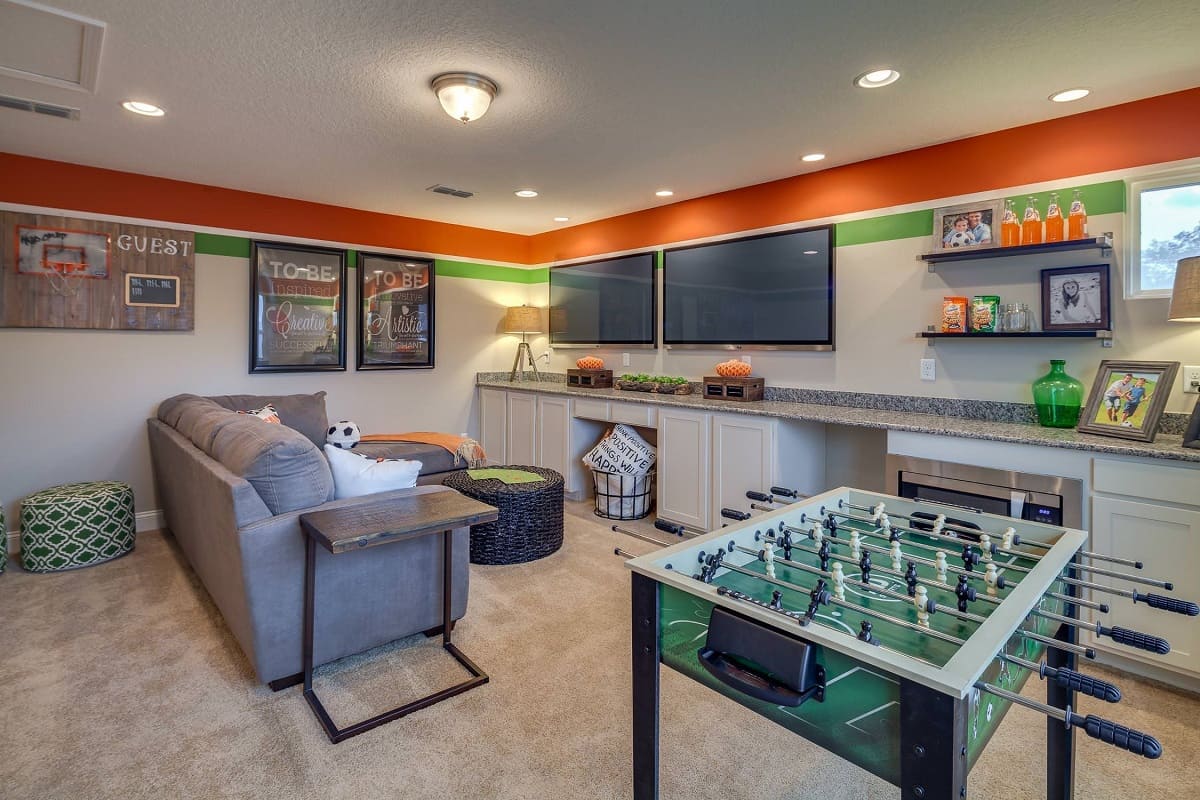
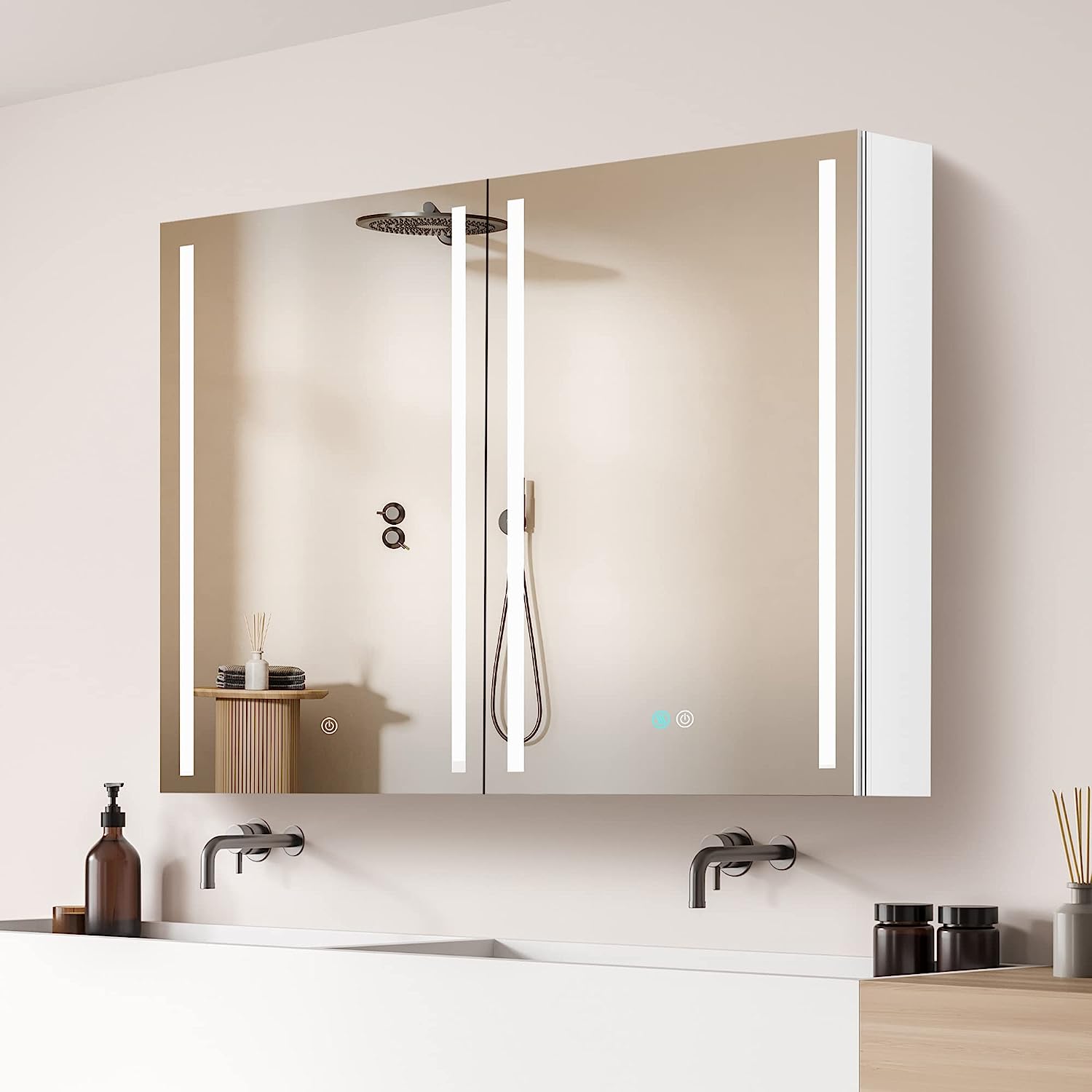
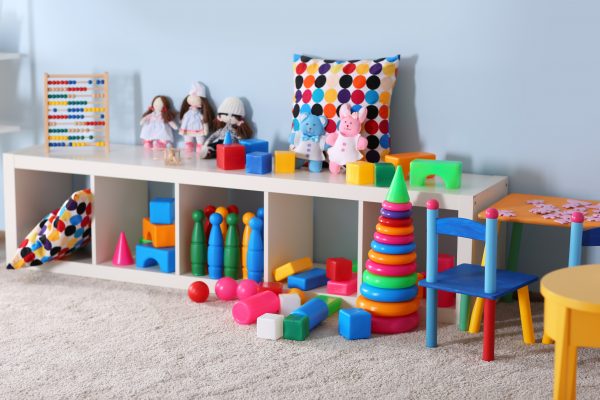
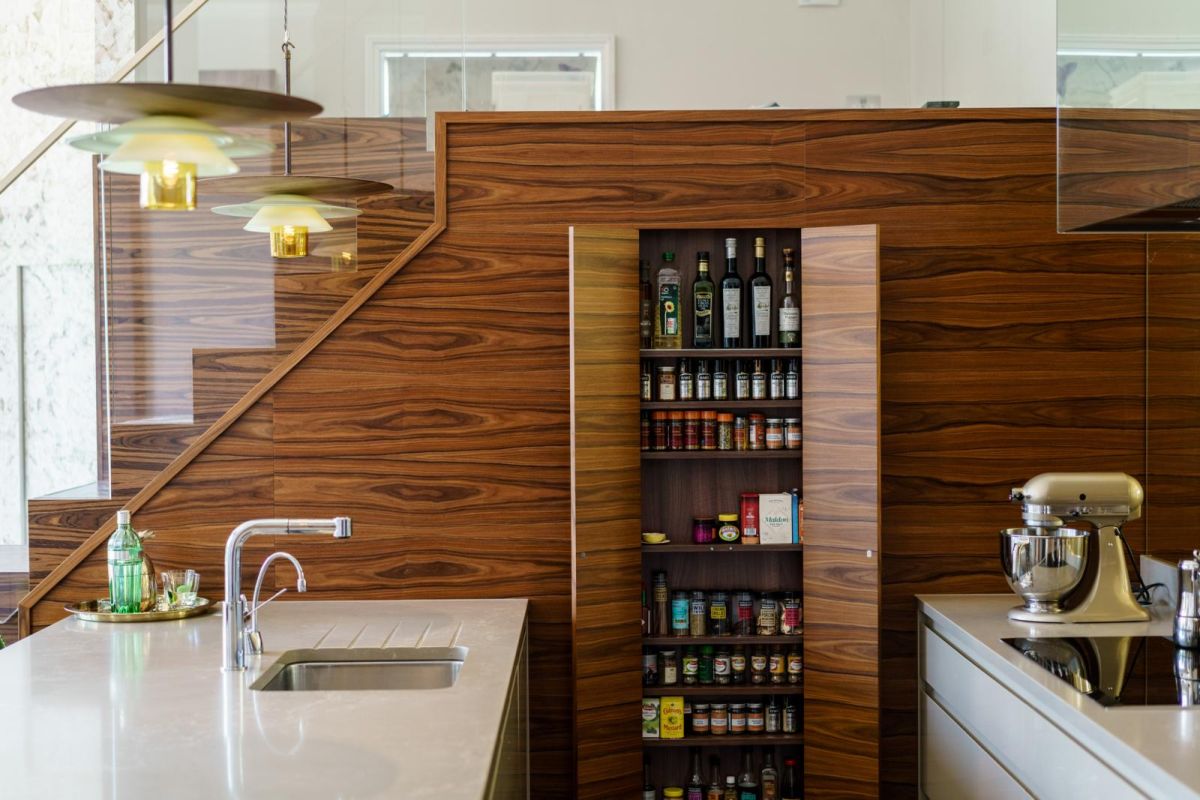
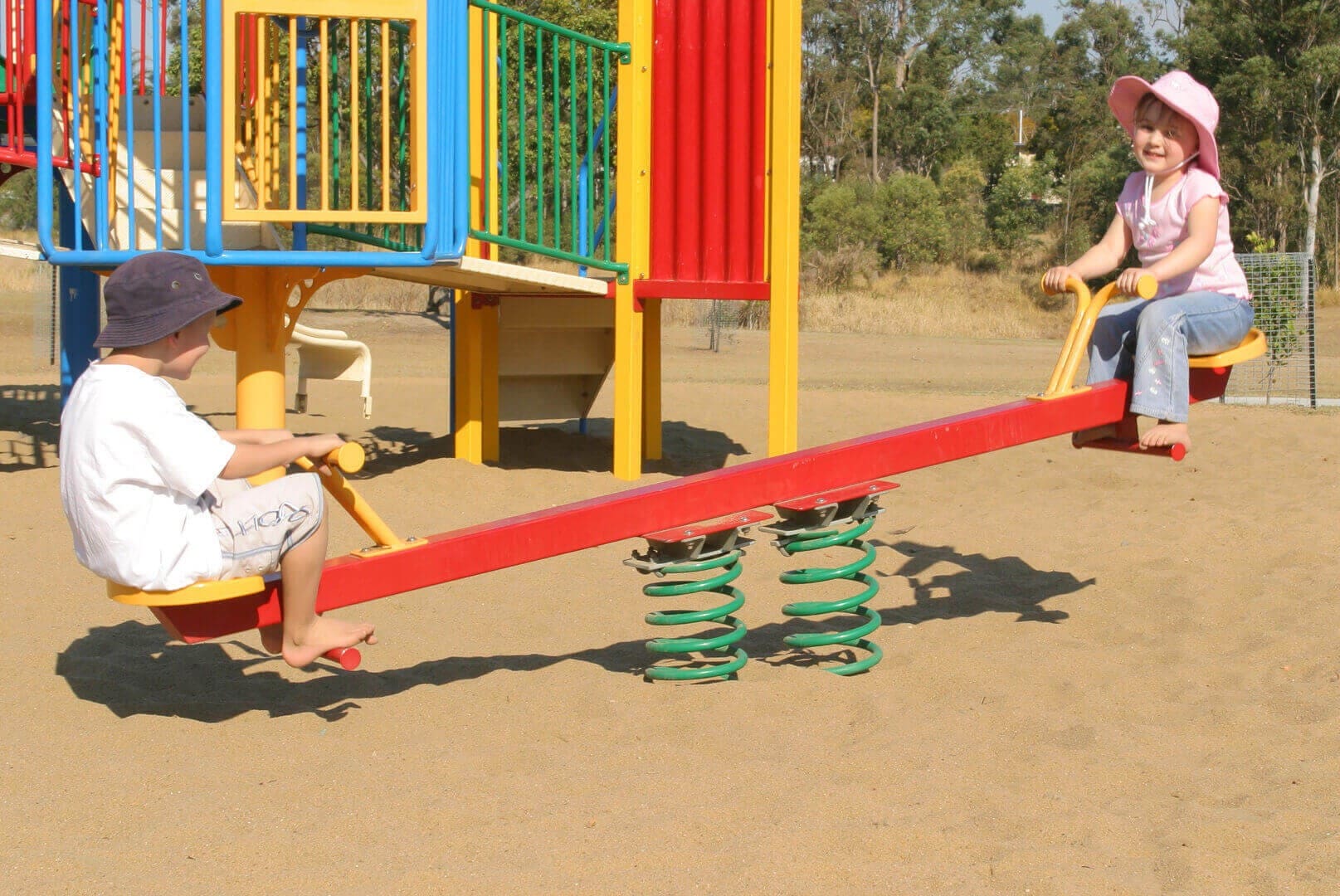

0 thoughts on “Playroom Ideas: 20 Fun Spaces That Inspire Creative Play”